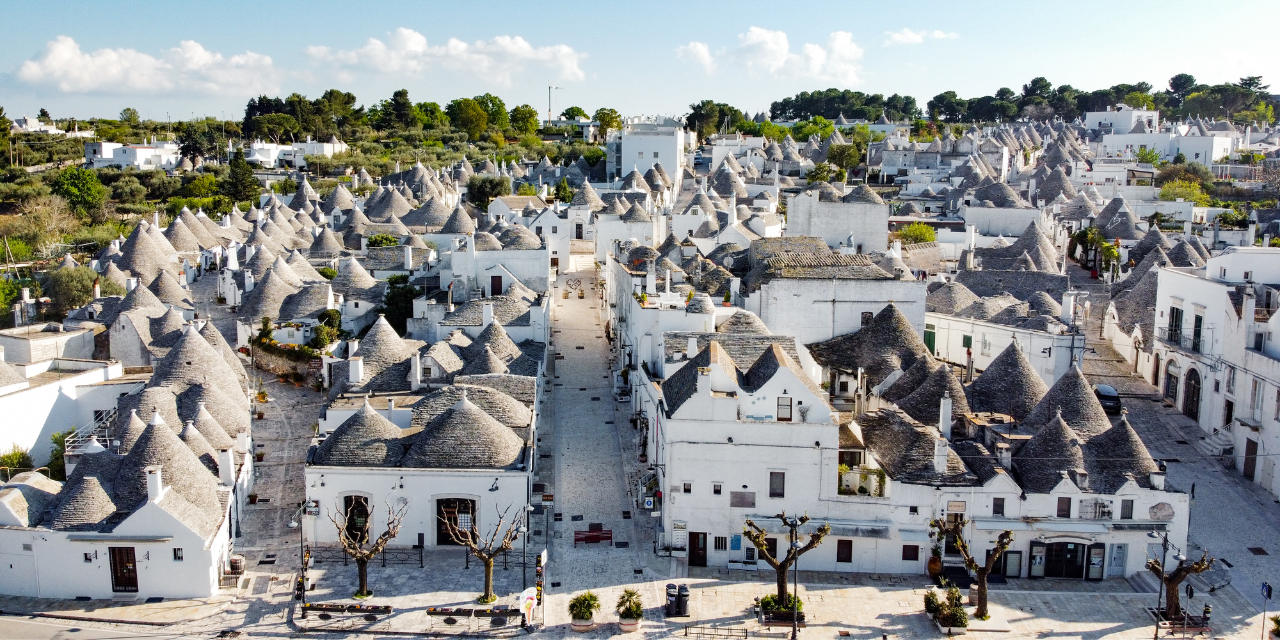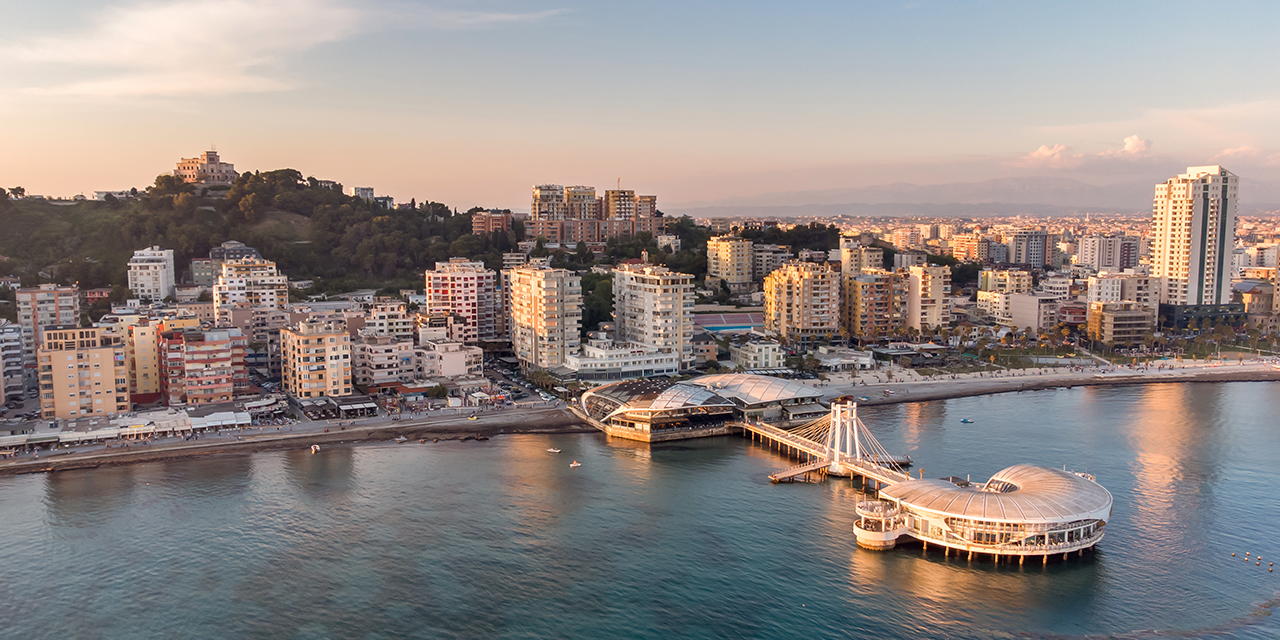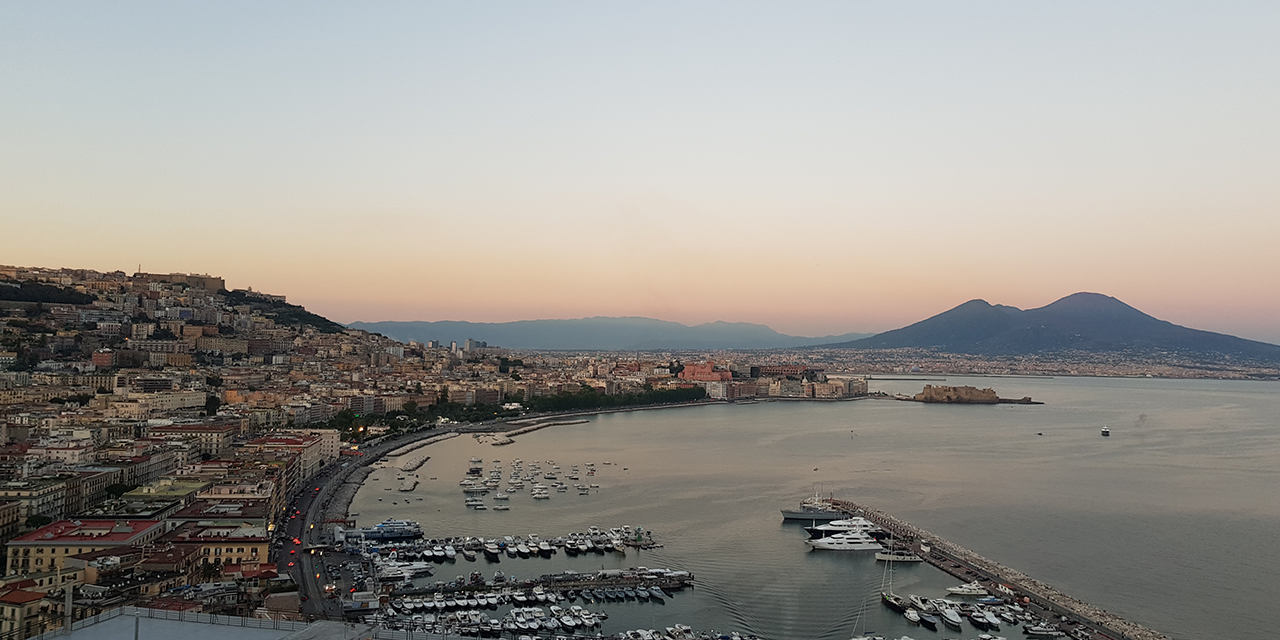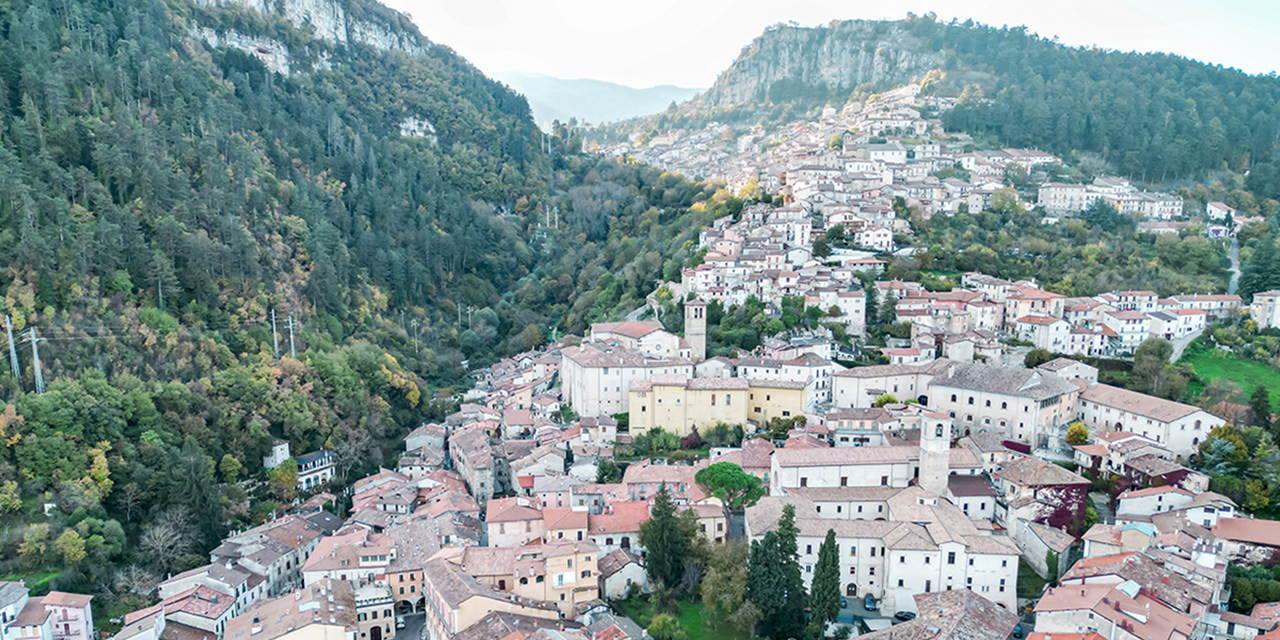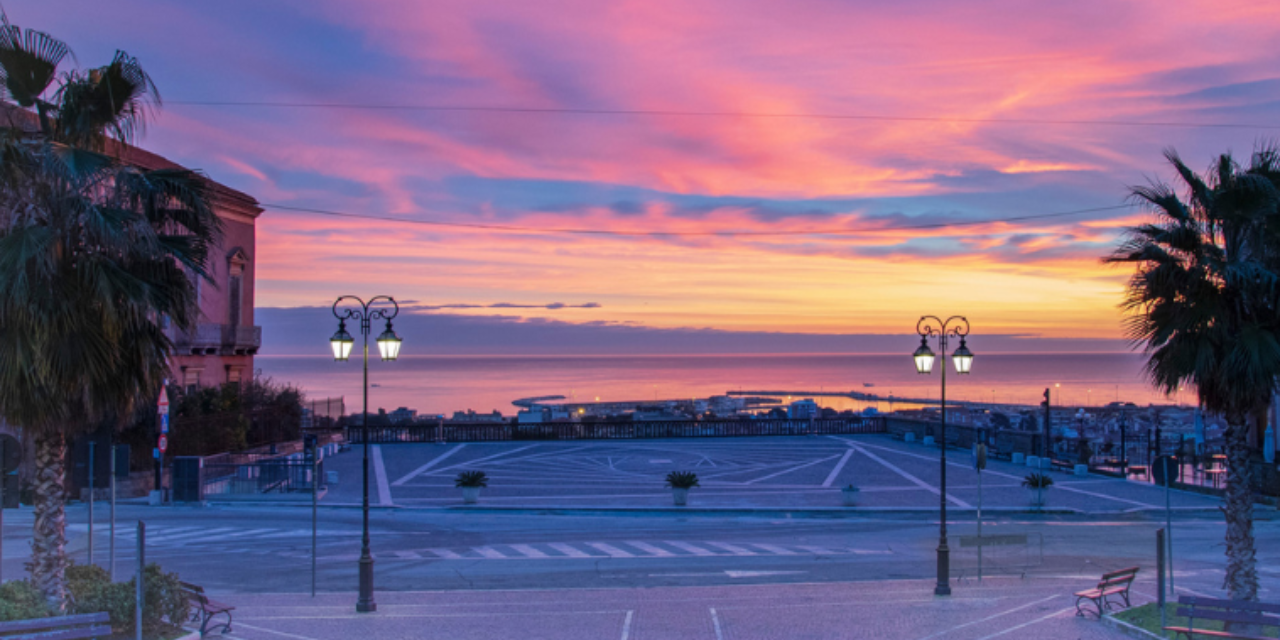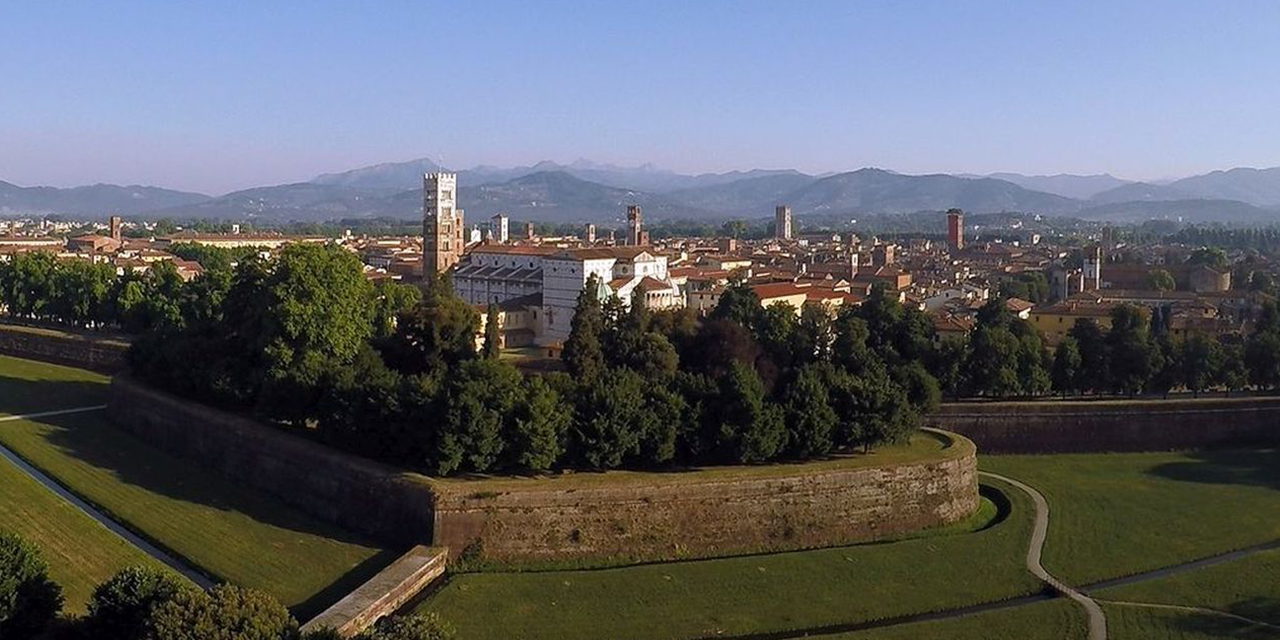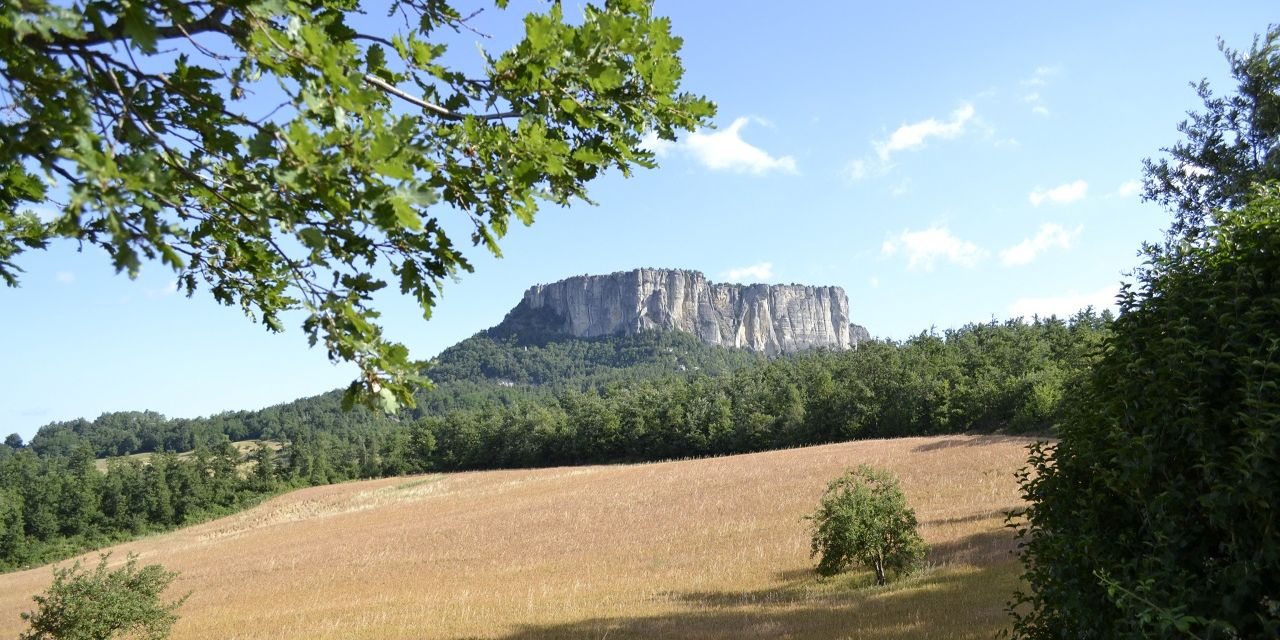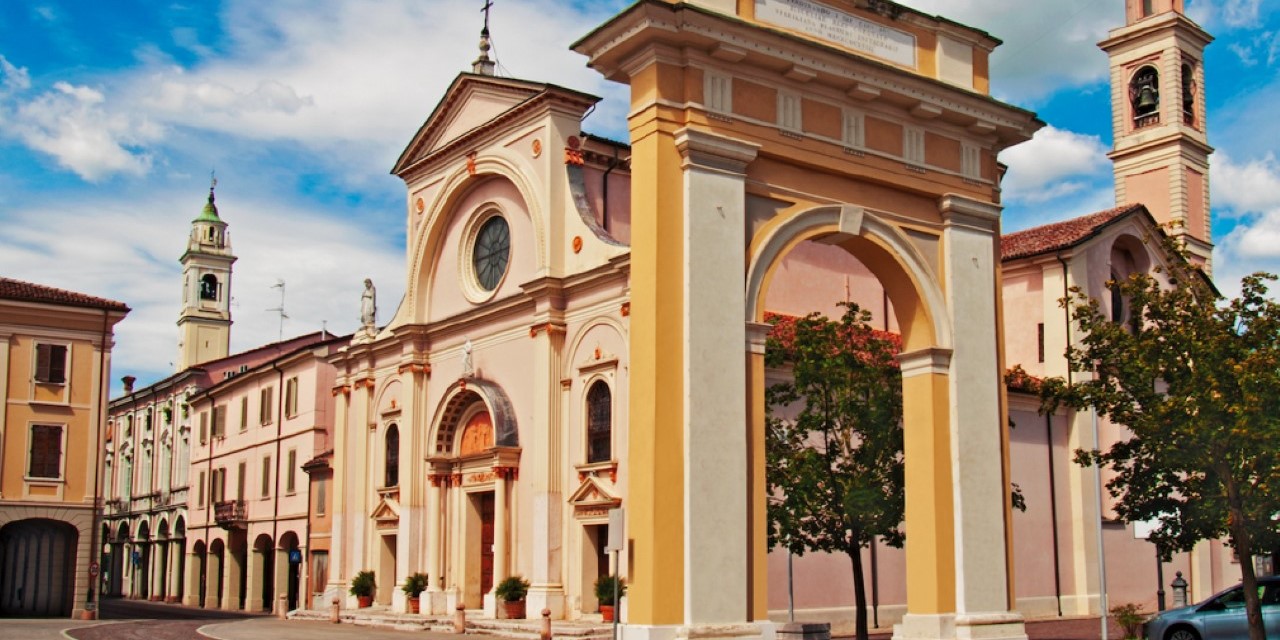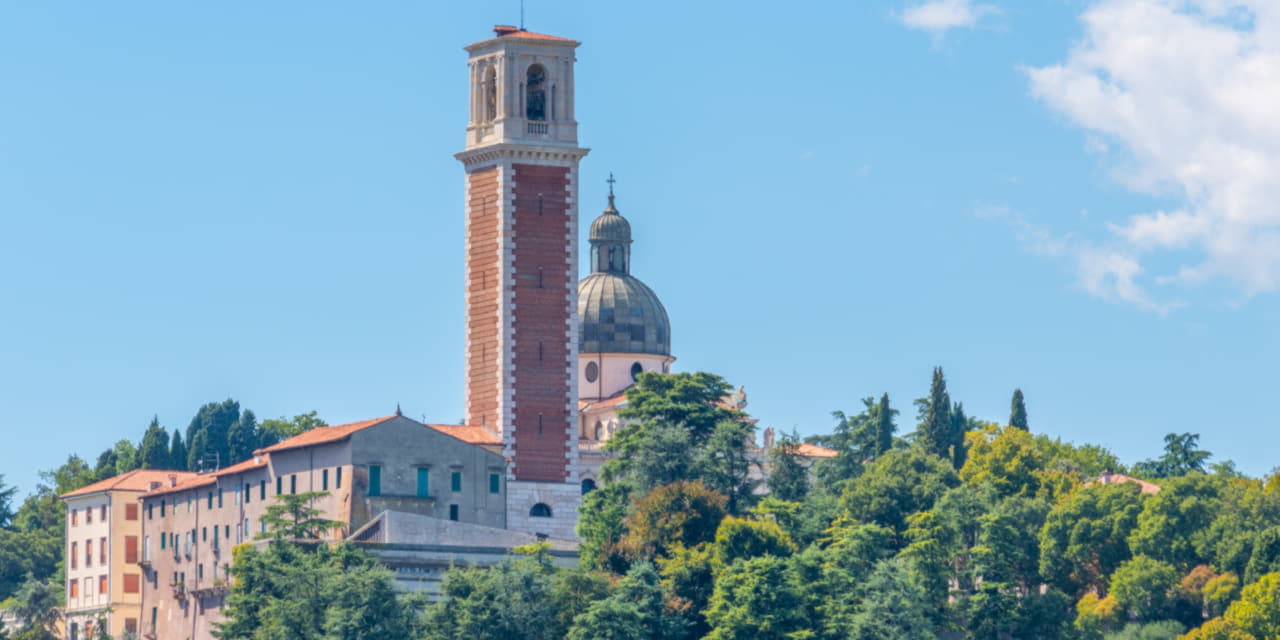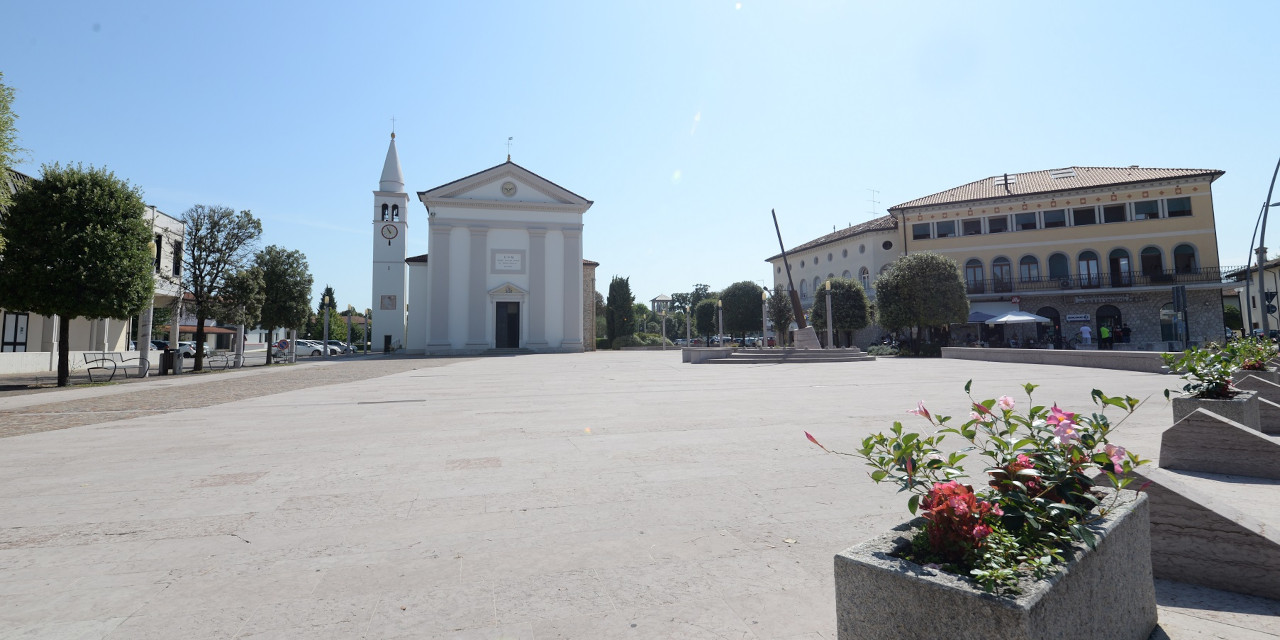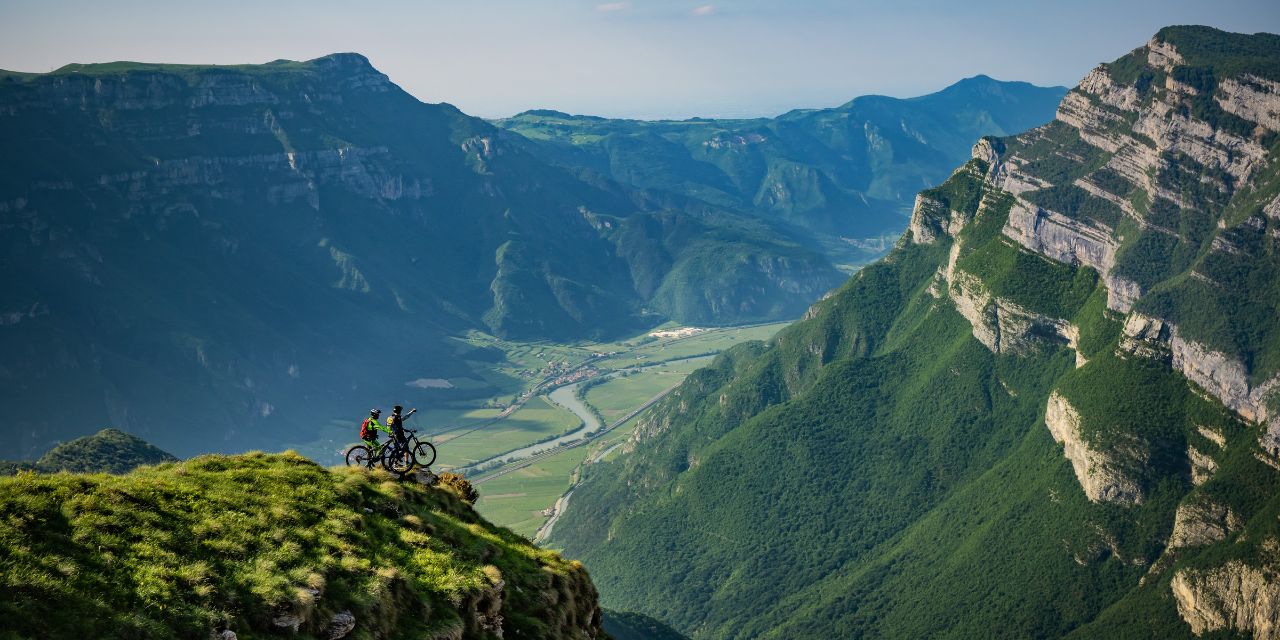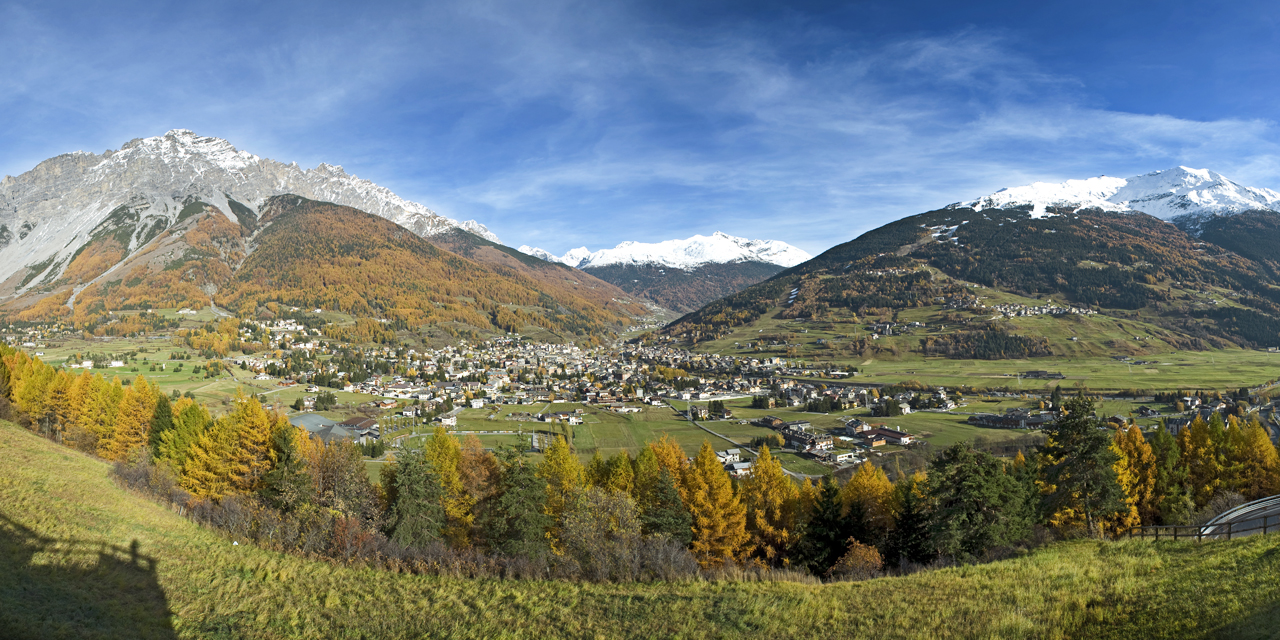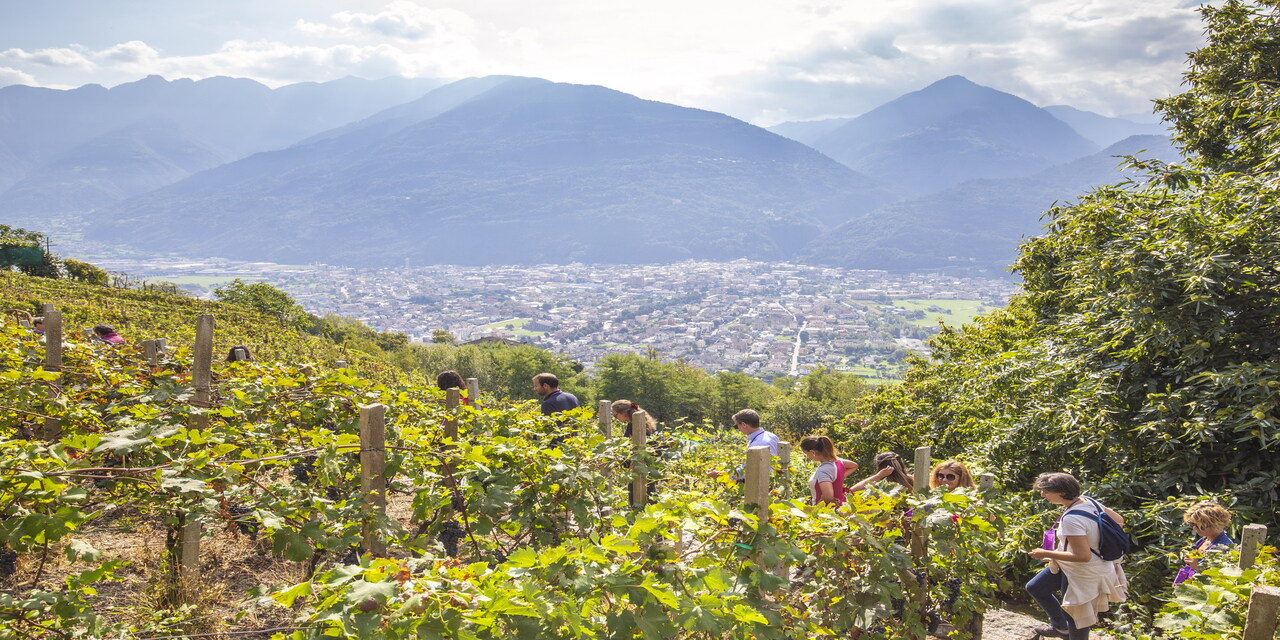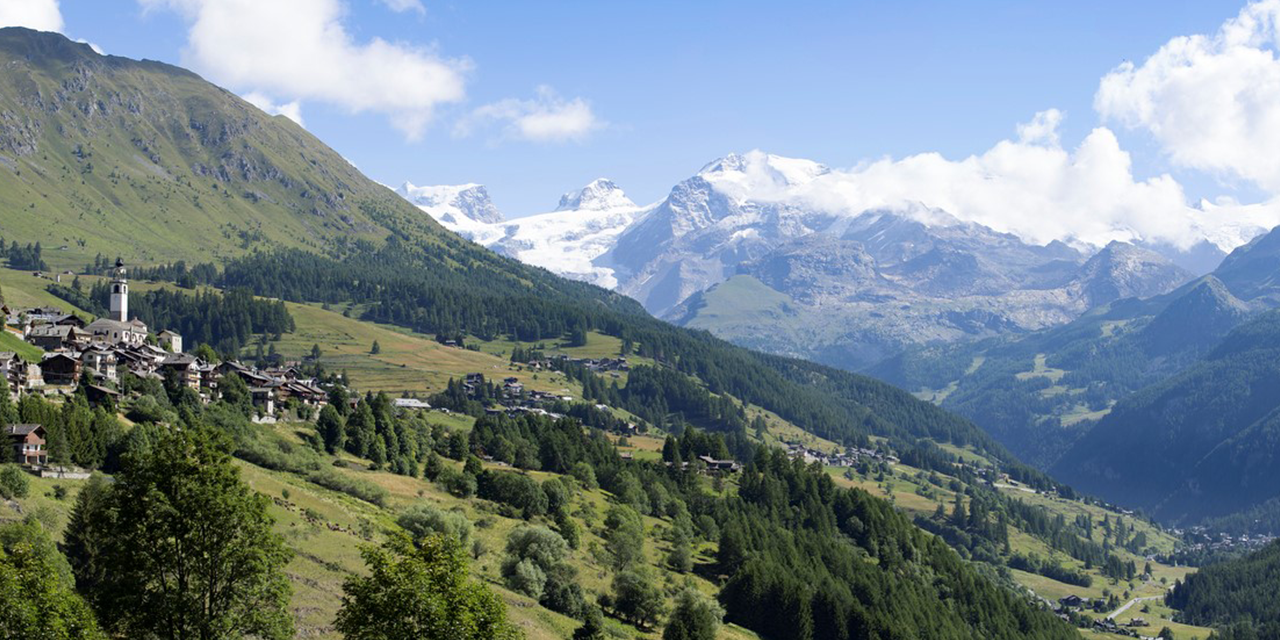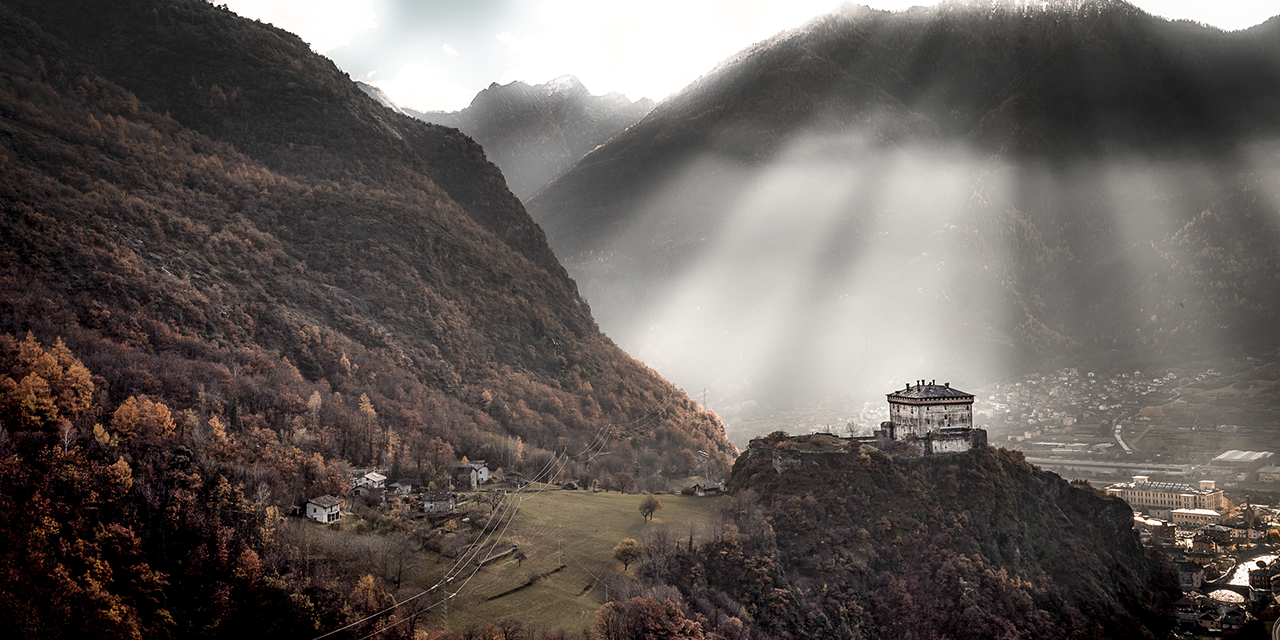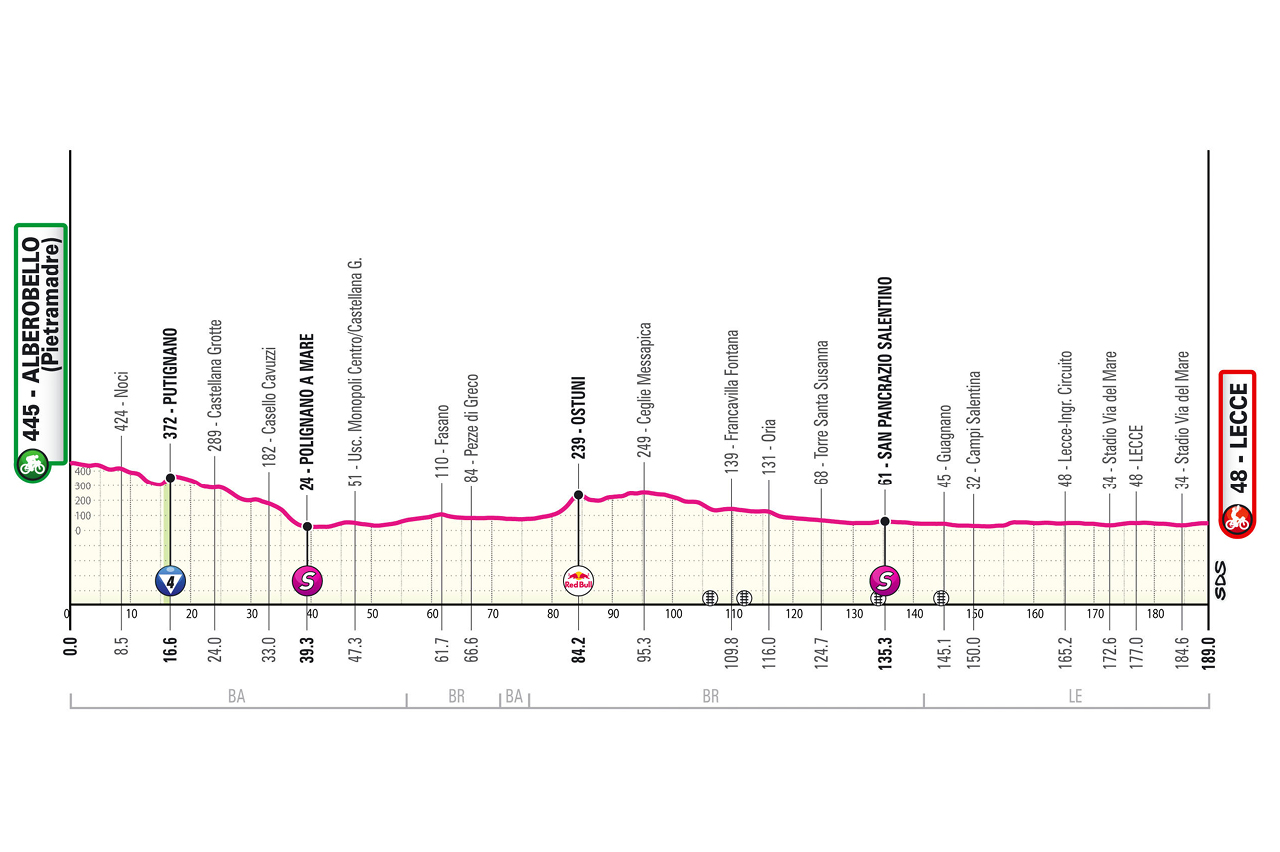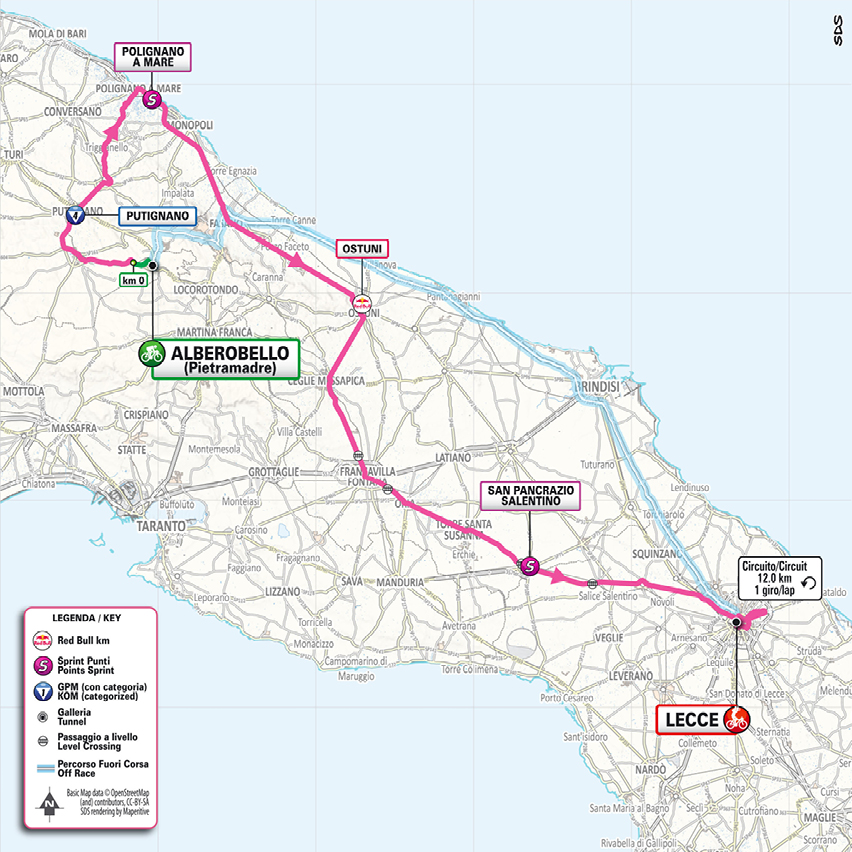Alberobello (Pietramadre)
Overview
Famous worldwide for its trulli, the characteristic dry-stone conical buildings, Alberobello in Puglia is a UNESCO World Heritage site. Walking through the alleys of the historic centre feels like a journey through time. The trulli, originally used as peasant dwellings, have now been transformed into homes, shops, and restaurants. The Rione Monti, the oldest district of Alberobello, is the perfect place to immerse oneself in the typical atmosphere of the town.
Food
Alberobello’s culinary tradition has deep roots in its peasant culture, characterised by the simplicity and authenticity of ingredients that follow the rhythm of the seasons. Legumes such as fava beans, chickling peas, lentils, and black chickpeas play a key role in the local diet, often used to prepare hearty soups and stews. Spontaneous wild greens like cicorielle and cultivated vegetables such as cabbage, turnips, and cauliflower are fundamental ingredients in many traditional recipes. Wealthier farmers, thanks to the widespread cultivation of cereals, could regularly consume homemade pasta and bread, made with local flours and baked in traditional wood-fired ovens. Although not a staple in daily meals, meat mainly came from farmyard animals such as chicken, rabbit, and game, while pork held special significance. Pig farming was closely linked to the town’s patronal feast of Saints Cosmas and Damian, which in the past hosted a renowned livestock fair, an important event for local families.
Alberobello’s desserts reflect its peasant traditions, with dried figs enriched with almonds being among the most representative. These sun-dried treats were carefully stored to be enjoyed during Christmas festivities, embodying an era when food preservation was essential to endure the colder months without forgoing culinary pleasures.
Wine and other drinks
The food and wine culture of Alberobello also includes a rich variety of beverages, often linked to peasant traditions and local products. Among the most representative wines of the Itria Valley are those with intense aromas and well-balanced flavours. The best known is Bianco d’Alessano, a fresh and aromatic white wine, ideal for pairing with fish dishes and local cheeses. Equally appreciated is Verdeca, another dry and mineral white, often used for sparkling wine production. Among the red wines, Susumaniello stands out, an indigenous grape variety known for its rich and fruity taste.
Another traditional drink is rosolio, a sweet liqueur obtained by macerating herbs, flowers, or citrus fruits in alcohol and sugar. A staple in peasant homes, it was typically offered to guests on special occasions and was made with ingredients such as roses, lemons, or wild fennel.
Nocino, a walnut-based liqueur, is another local speciality, made from green walnuts harvested on Saint John’s Day (24 June) according to an ancient tradition. With its bold and spiced flavour, it is considered an excellent digestive.
During the cold winter months, vin cotto is a popular treat. This slow-cooked grape must reduces into a thick and aromatic syrup, enjoyed both as a beverage and as an ingredient in traditional sweets.
Points of Interest
Alberobello, renowned for its trulli, boasts a rich cultural and natural heritage with several must-visit sites. The Bosco Selva, located about 2 km from the town centre, is a 45-hectare green area ideal for hiking and outdoor activities. Its flora includes oak, holm oak, and hornbeam trees, while its fauna shelters protected species such as Hermann’s tortoise and leopard snake. The forest ponds serve as habitats for emerald toads, salamanders, and grass snakes.
The historic heart of Alberobello is the Rione Monti, home to the highest concentration of trulli, now used as shops and residences. Together with Rione Aia Piccola, it forms the area designated as a UNESCO World Heritage site in 1996. Aia Piccola, quieter and more authentic, offers a glimpse into a past era.
Among the most remarkable trulli is the Trullo Sovrano, the only two-storey trullo and one of the first to be built using mortar. Its majestic 14-metre dome represents an architectural evolution and today serves as a museum showcasing local history.
Another unique building is the Church of Saint Anthony, located in Rione Monti. Built in 1927 to cater to the needs of the local community, it is the only church entirely constructed as a trullo, featuring a Greek cross layout and architecture that harmonises with its surroundings.
A few kilometres from Alberobello lies Coreggia, a small village nestled in nature, characterised by trulli, centuries-old olive groves, and cycling trails. Crossed by the “Water Route,” a canal of the Apulian Aqueduct, it is an ideal destination for slow tourism and excursions.
For those interested in learning more about local history, the Museo del Territorio – Casa Pezzolla offers an exhibition inside 15 interconnected trulli, illustrating peasant life, building techniques, and regional traditions.
Finally, the Fondazione Gigante, housed in a 19th-century farmhouse, holds significant historical importance: it was one of Italy’s internment camps during World War II, used for the detention of Jewish prisoners and war captives.
Lecce
Overview
Known as the “Florence of the South”, Lecce, located in the Salento region, is a baroque gem. The historic centre, rich in churches, palaces, and squares, is an open-air museum. The Basilica of Santa Croce, with its richly decorated façade, is one of the city’s most representative buildings. The Cathedral, with its bell tower, offers a stunning view over the city. The Castle of Charles V, which dominates the city, is another major attraction.
Food
Lecce’s cuisine is a perfect blend of intense flavours, genuine ingredients, and a culinary tradition rooted in centuries of history. The typical dishes of Lecce and Salento reflect the area’s rural and maritime culture, with recipes that have preserved their authenticity over time. One of the most iconic dishes is Ciceri e Tria, a dish made of pasta and chickpeas. The uniqueness of this dish lies in the “tria,” a fresh handmade pasta, part of which is fried and added to the dish to give it a crunchy texture. This recipe of Arab origin remains a pillar of Salento’s gastronomic tradition. Another widely consumed dish is Fave e cicorie, a humble yet incredibly tasty meal consisting of a fava bean purée served with wild chicory. The slight bitterness of the chicory perfectly complements the sweetness of the fava beans, often accompanied by toasted bread.
Among the traditional pasta varieties are Minchiareddi, small hand-rolled pasta tubes often served with tomato sauce and pecorino cheese. The famous Orecchiette are also a staple, served with simple tomato sauce, turnip greens, or meat ragù. Another renowned speciality is Piselli cecamariti, a peasant dish made with peas, often enriched with onions and pancetta and served with slices of homemade bread. Its curious name refers to the dish’s irresistible taste, said to be so delicious it could “blind” husbands with its flavour. Sagne ‘ncannulate is another emblematic dish of Lecce’s cuisine: a long, twisted pasta typically seasoned with tomato sauce and ricotta forte, a cheese with a strong, slightly spicy flavour.
Among meat dishes, Pezzetti di cavallo stand out—small pieces of horse meat slowly cooked in a rich and spicy tomato sauce. Another typical dish is Turcinieddhri, small lamb intestine rolls grilled or pan-fried, known for their strong and distinctive flavour. Along the Gallipoli coastline, a unique seafood dish is the Scapece di Gallipoli, consisting of fried fish preserved in layers with breadcrumbs soaked in vinegar and saffron, giving the dish its characteristic deep yellow colour.
When it comes to desserts, Pasticciotto is the king of Lecce’s pastries—a golden, fragrant shortcrust pastry filled with creamy custard, often enjoyed at breakfast with an iced coffee. Bocche di dama are soft and creamy treats made of sponge cake filled with cream and covered in a sugar glaze. Cartellate are fried pastries, also typical during Christmas, made with thinly rolled dough spirals covered in honey or vincotto. Fruttone is a variation of pasticciotto, filled with almond paste and quince jam, coated in dark chocolate. Mustazzoli are hard, spiced biscuits, typically covered in a sugar or chocolate glaze, with a rich aroma of cinnamon and cloves. Finally, Porceddhruzzi are small fried dough bites similar to Neapolitan struffoli, covered in honey and decorated with colourful sugar sprinkles, a staple of Salento’s Christmas celebrations.
Wine and other drinks
Lecce boasts a strong wine-making tradition and a variety of typical beverages that enhance the local gastronomic experience. Among the most renowned liqueurs are Amaro Salentino, a bold and aromatic digestive, and Anice, a strong-flavoured drink often used to enhance desserts or as a digestif. One of Lecce’s most iconic drinks is iced coffee with almond milk, a refreshing twist on traditional espresso, where hot coffee is poured over ice cubes and sweetened with almond milk. Also popular is gazzosa, a sweet and citrusy carbonated beverage, often mixed with wine to create the classic “spuma e vino.”
As for wines, Negroamaro is one of the most representative grape varieties of Salento, known for its full-bodied taste with notes of red fruits and spices. Primitivo is another important wine, characterised by its intense flavour and smooth tannins. Malvasia offers a sweeter and more aromatic taste, perfect for pairing with desserts. Salice Salentino is a denomination that blends Negroamaro and Malvasia, creating a structured and enveloping wine. Finally, Susumaniello is a recently rediscovered native variety, appreciated for its full-bodied and fruity elegance.
Points of Interest
Lecce is a city of unique artistic charm. Its historic centre is a true baroque masterpiece, with buildings intricately decorated in Lecce stone. The Basilica of Santa Croce is the ultimate symbol of Lecce’s baroque style, with its elaborate sculpted façade. Piazza del Duomo is another must-visit location, featuring the Lecce Cathedral and its majestic bell tower. The Castle of Charles V, located in the heart of the city, offers a journey through history with its imposing walls and art exhibitions.
Finally, the Roman Amphitheatre, dating back to the imperial era, stands as a testament to ancient Lupiae, modern-day Lecce, and remains a venue for cultural events and theatrical performances. A few kilometres from the city, the Abbey of Santa Maria di Cerrate is a historic Benedictine monastery rich in medieval frescoes, nestled in the peaceful Salento countryside.

